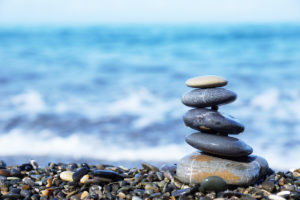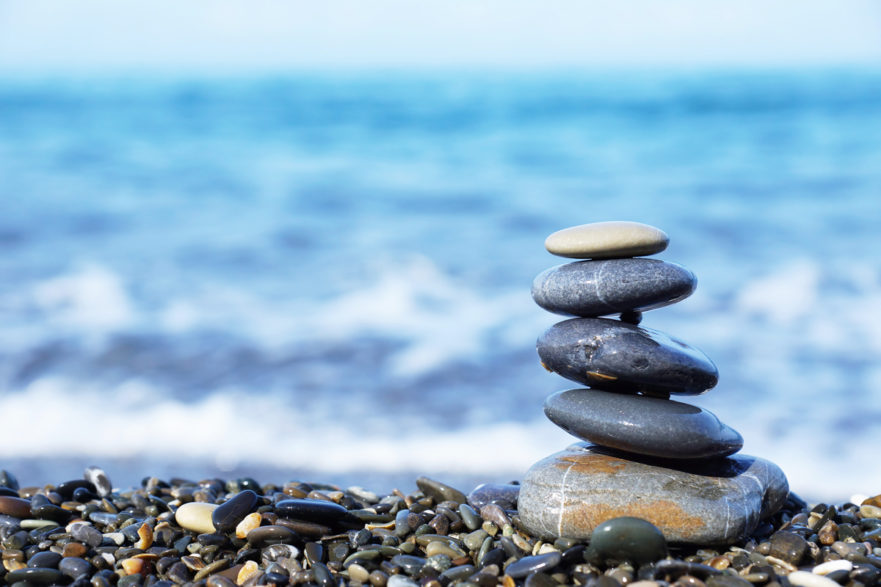 Balance is in everything. And without it, life gets a little bumpy.
Balance is in everything. And without it, life gets a little bumpy.
But in all seriousness, we physically rely on balance everyday. From running, hiking, skating, rollerblading, surfing, to even walking, we are constantly depending on our ability to balance to help us perform these activities. This is because almost all movement takes place on one leg at a time, making balance vital to our day to day lives.
So what happens when these activities no longer come easy?
Have you started to notice a loss in balance? That’s okay, the good news is it’s a skill that can be learned. With practice we can regain our sensory perception, gradually beginning to improve our ability to balance again.
What is balance?
We’ve all seen those gymnasts flipping on the balance beam or those skateboarders speeding down steep inclines and over objects that more than likely shouldn’t be skated over. We ask ourselves how it is even possible! How can a body achieve such feats? They’re gravity defying!
While strength and practice make up a huge part of their ability, the most important aspect is their ability to balance – or more accurately, regain balance.
Balance is the ability to sustain one’s equilibrium (not fall over), whether stationary or moving. Though, more often than not, it’s the ability to regain balance. Thus, it is determined by three types of sensory information.
- The inner ear: an apparatus in your inner ear perceives and recognizes the position of your head
- The eyes: your eyes perceive and recognize the position of your body, sending signals to your brain about your environment
- The proprioceptors: sensors in your skin, muscles, joints, and tendons, perceive and recognize the positions of your limbs in space, constantly sending feedback to your brain. For example, if you were to lift your arms into the air without looking, you would know which direction your hands were facing.
So how does it work?
Let’s say you decide to run the steps at the beautiful Santa Barbara City College. In the beginning, you spend a lot of time watching the stairs and your feet just to keep from tripping and falling. But after awhile, the steps require very little of your attention because you’ve learned to adjust to the terrain by the “feel” of your feet, thereby increasing your balance through proprioception – the third type of sensory information used for balance. Now you’re able to enjoy the view, and maybe even see a few dolphins while you’re at it!
As you can see, your body is constantly sending your brain signals, helping you to stay upright and perform the activities that you love.
Want to test your balance?
To test your balance, try standing on one leg for 30 seconds and then switch to the other leg. You’ll probably find that you’re better at balancing on one leg and not the other. This is most often caused by a past injury, which you may or may not be aware of. Of course, we utilize balance on more than just stable surfaces. To recreate the balance required when you encounter an unstable surface, like sand dunes, try standing on one leg again, but this time use a soft surface such as a foam pad or balance disc. And to further spice up the challenge, try performing both of these exercises with your eyes closed.
As this sequence suggests, balance training is progressive; once you’re able to maintain stability, new challenges are needed to further adapt, which we especially focus on in our small group training sessions here at Fitness Transform. So don’t worry if you’re having trouble balancing, life’s a balancing act – one we’re constantly trying to maintain and improve.

